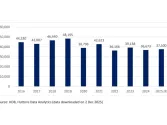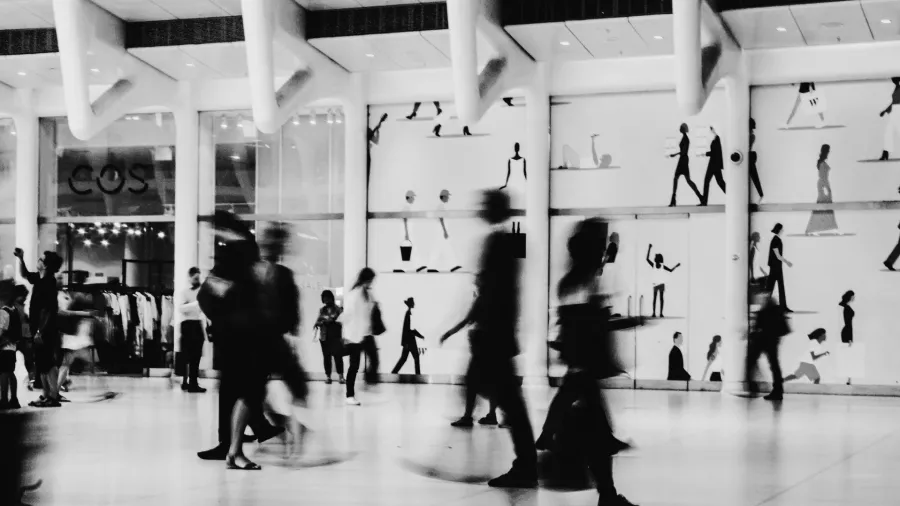
Fashion industry faces uncertainty in 2025
This is amidst economic challenges, shifting consumer preferences, and global trade disruptions.
The fashion industry is heading into a challenging 2025, with a slowdown fuelled by inflation, changing consumer behavior, and global trade disruptions, according to McKinsey’s Global Fashion Index.
The report said consumers are becoming more price-sensitive, and the rise of cheaper alternatives, climate change concerns, and shifting trade dynamics are complicating the outlook.
It added that the slowdown predicted by experts a year ago has now materialised, and whilst there is still growth to be found, it will require brands to maneuver through a maze of economic uncertainties, regional disparities, and evolving customer preferences.
Non-luxury fashion, for the first time since 2010, is expected to drive the bulk of economic profit growth in 2024.
In the BoF–McKinsey State of Fashion Executive Survey, about 20% of respondents anticipate improvements in consumer sentiment for 2025, whilst 39% expect conditions to worsen.
Geographically, the industry is seeing shifts in revenue sources. Whilst China remains a key market, brands are diversifying focus to Japan, Korea, and India due to ongoing economic challenges in China.
Retailers are also focusing on improving the in-store shopping experience as consumers return to physical stores. However, some segments of the market, including pure-play luxury marketplaces, have struggled in the shift back to brick-and-mortar stores, and mass online marketplaces may face similar disruptions in 2025.
The report noted that many have seen their stock prices plummet since the pandemic and are grappling with falling demand and rising customer acquisition costs.
To stay competitive, e-commerce players are turning to AI-powered curation to help customers navigate the overwhelming number of choices.
Another major shift in 2025 will be the increasing focus on the over-50 demographic, which is growing as a proportion of the population and fashion spending. Brands will need to adjust their strategies to tap into this market.
Finally, newer, more flexible brands, especially in sportswear, are capturing market share, outpacing traditional incumbents by offering innovative products and fresh approaches.




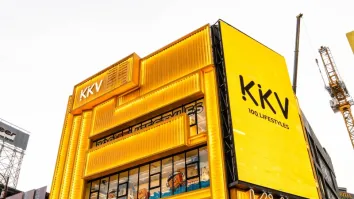







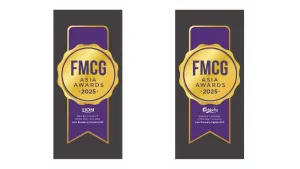





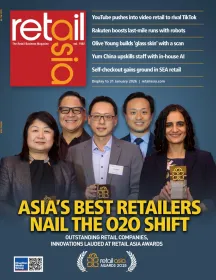
 Advertise
Advertise
